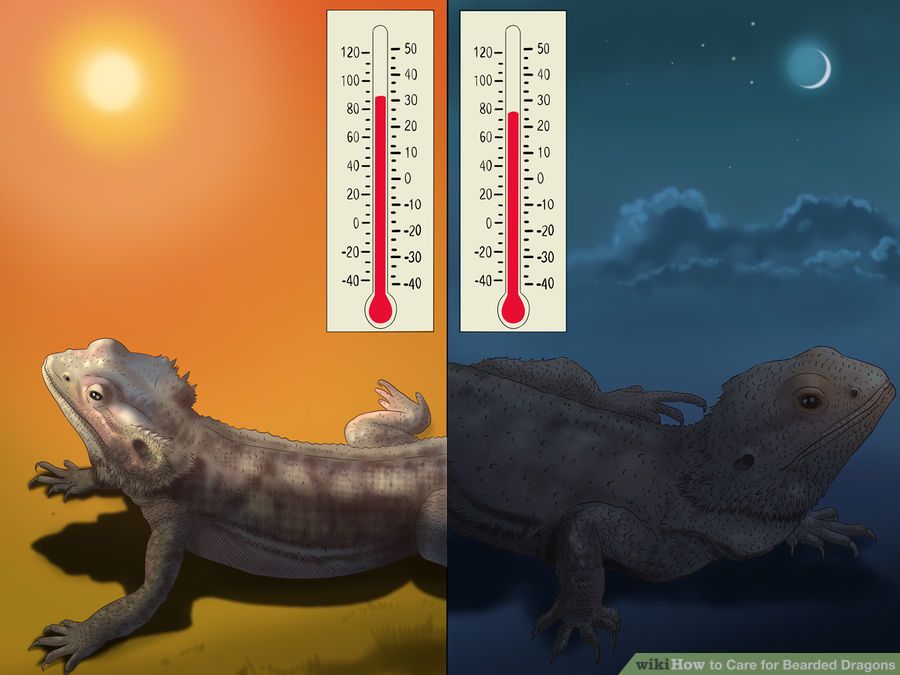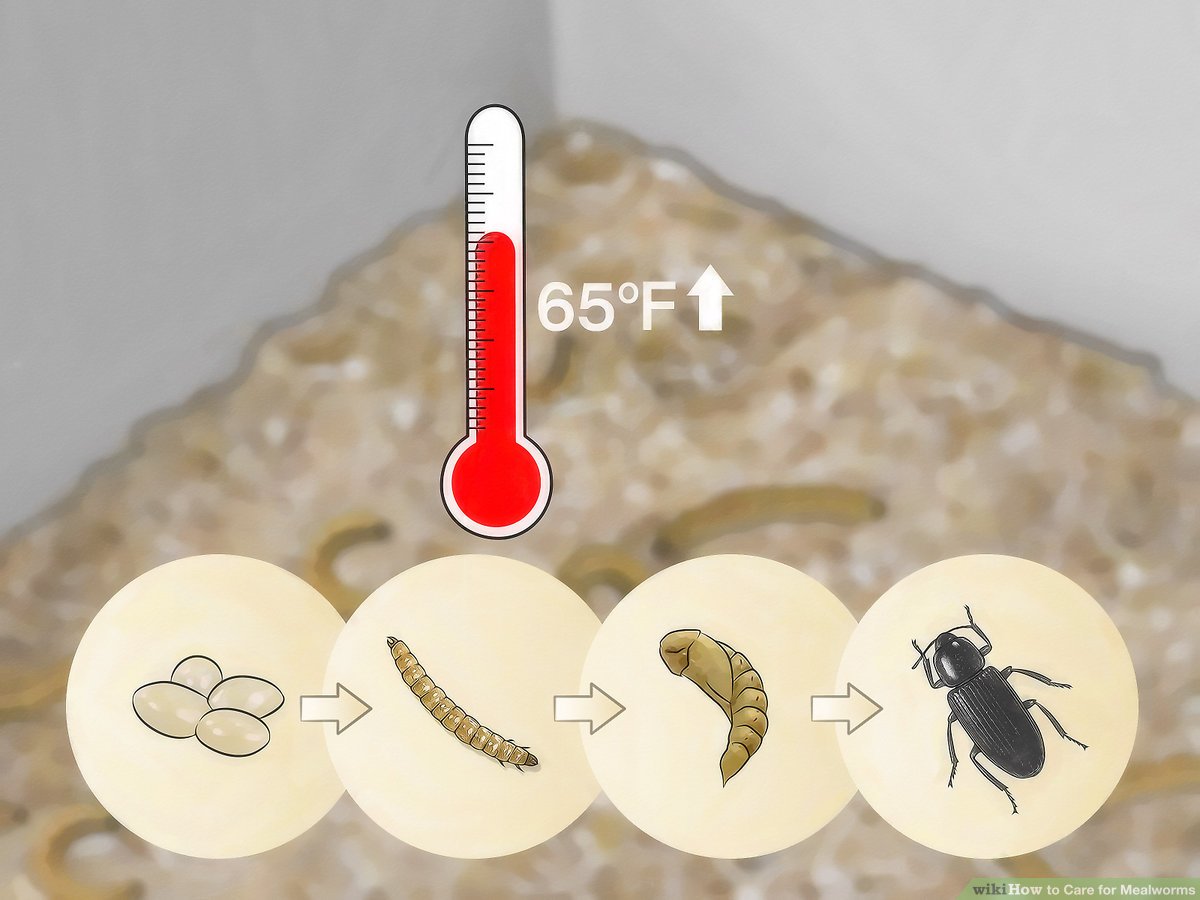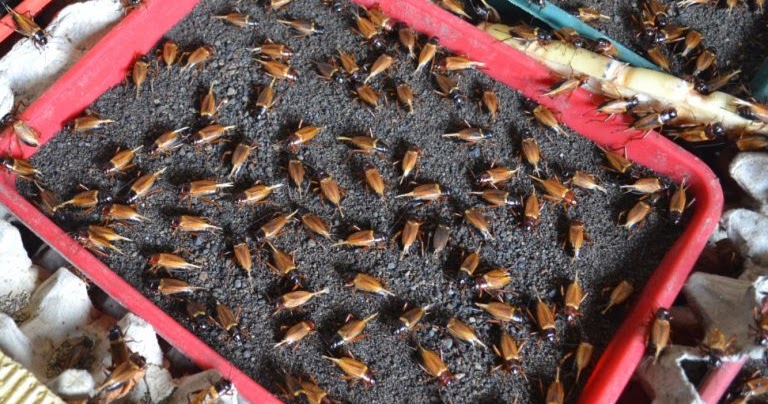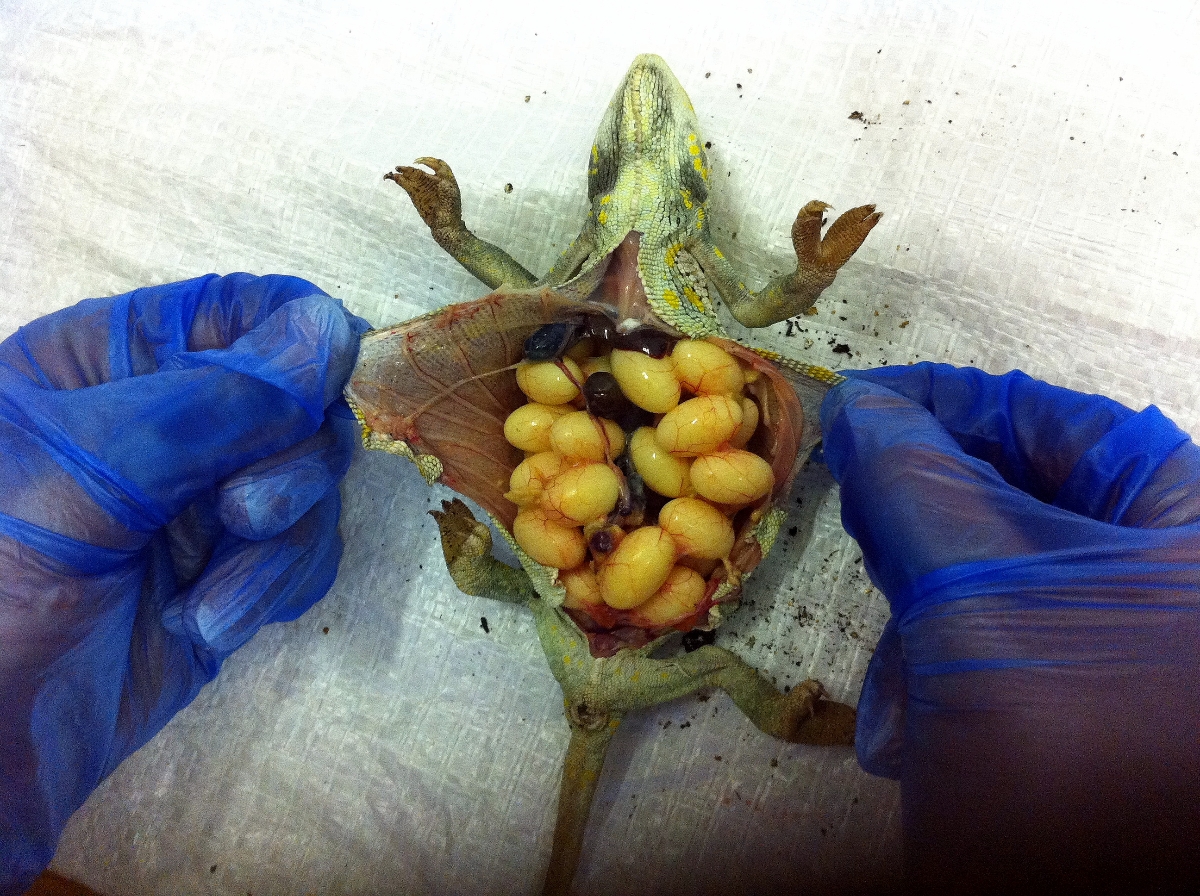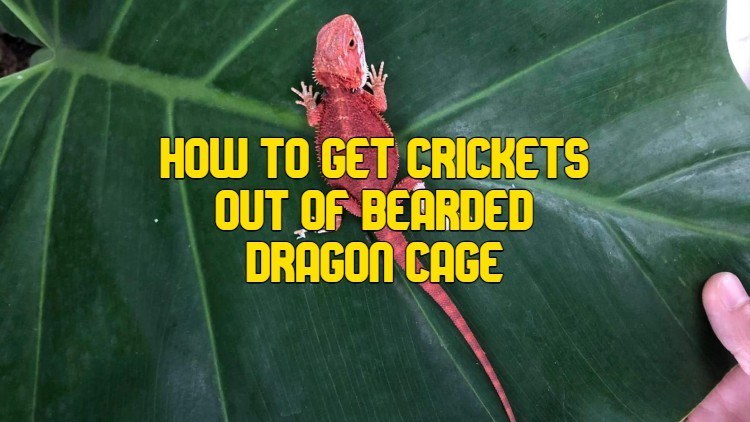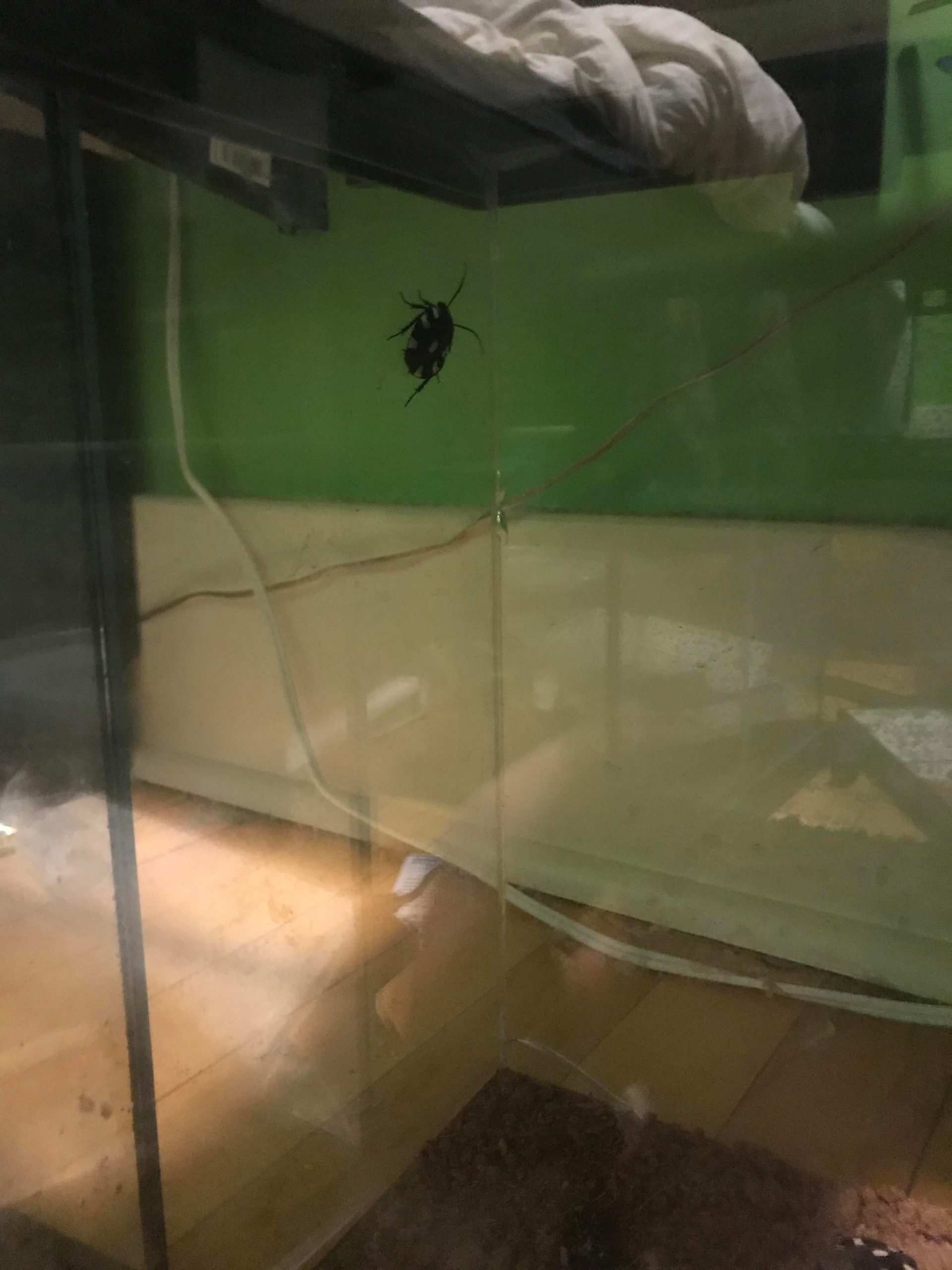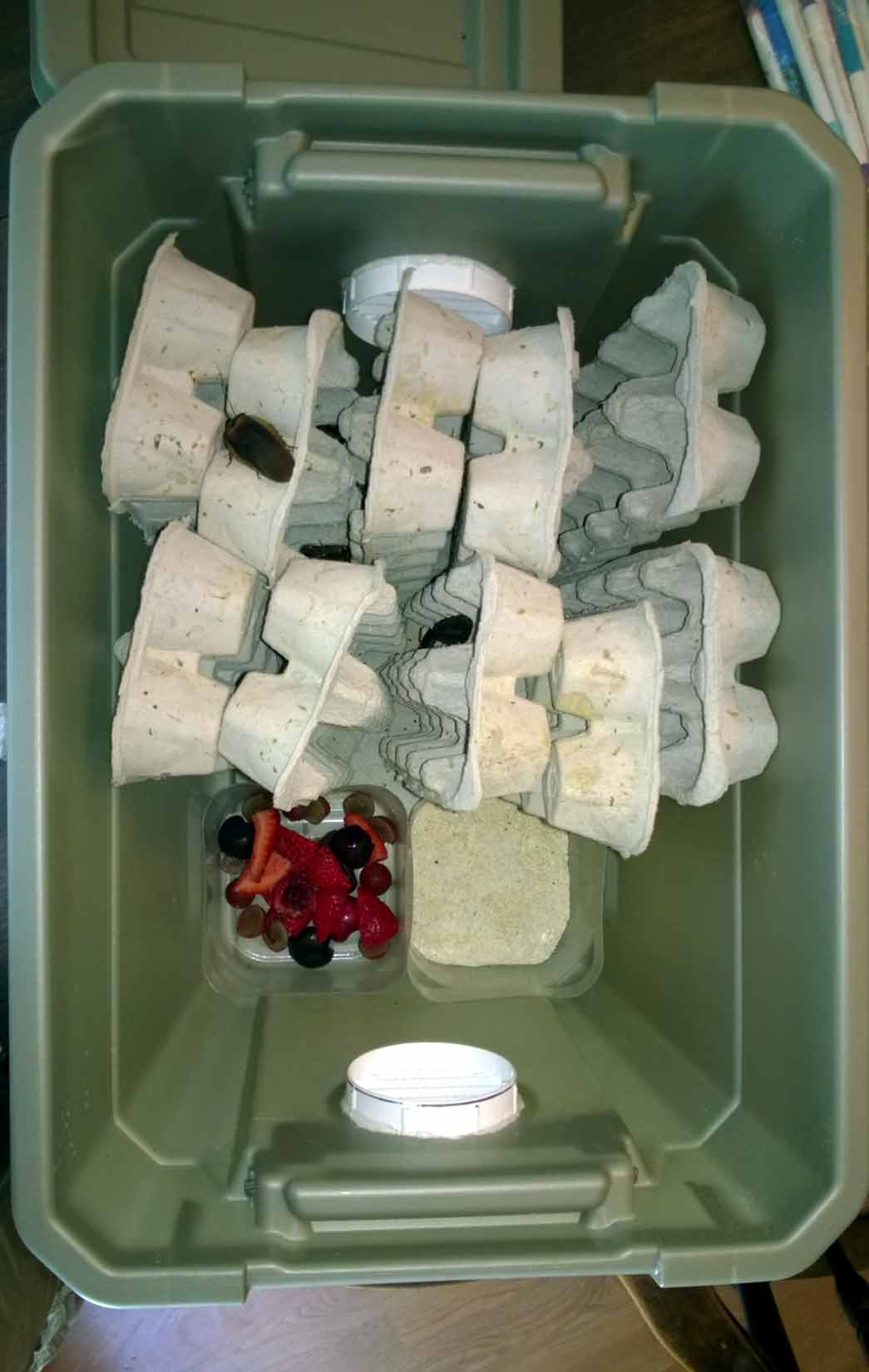How Long Should a Reptile Heat Lamp Stay on
A reptile heat lamp should stay on for 12 to 14 hours each day. This schedule mimics the natural sun cycle of a reptile species, providing them with the necessary warmth and light during the day and allowing them to cool off at night. A thermostat can be used to regulate temperatures in the enclosure …

